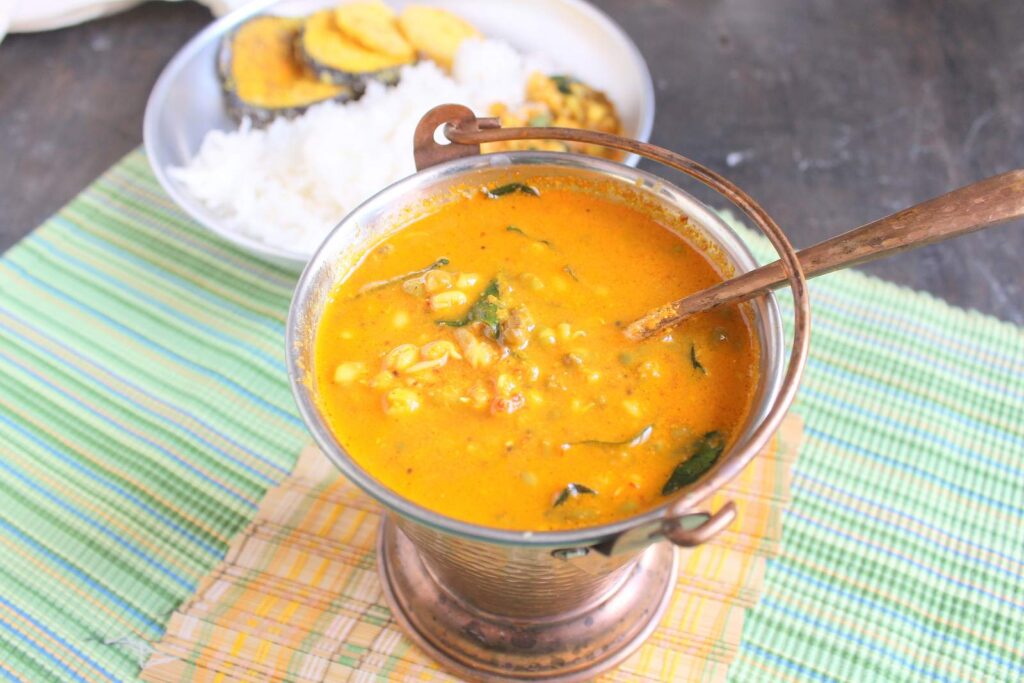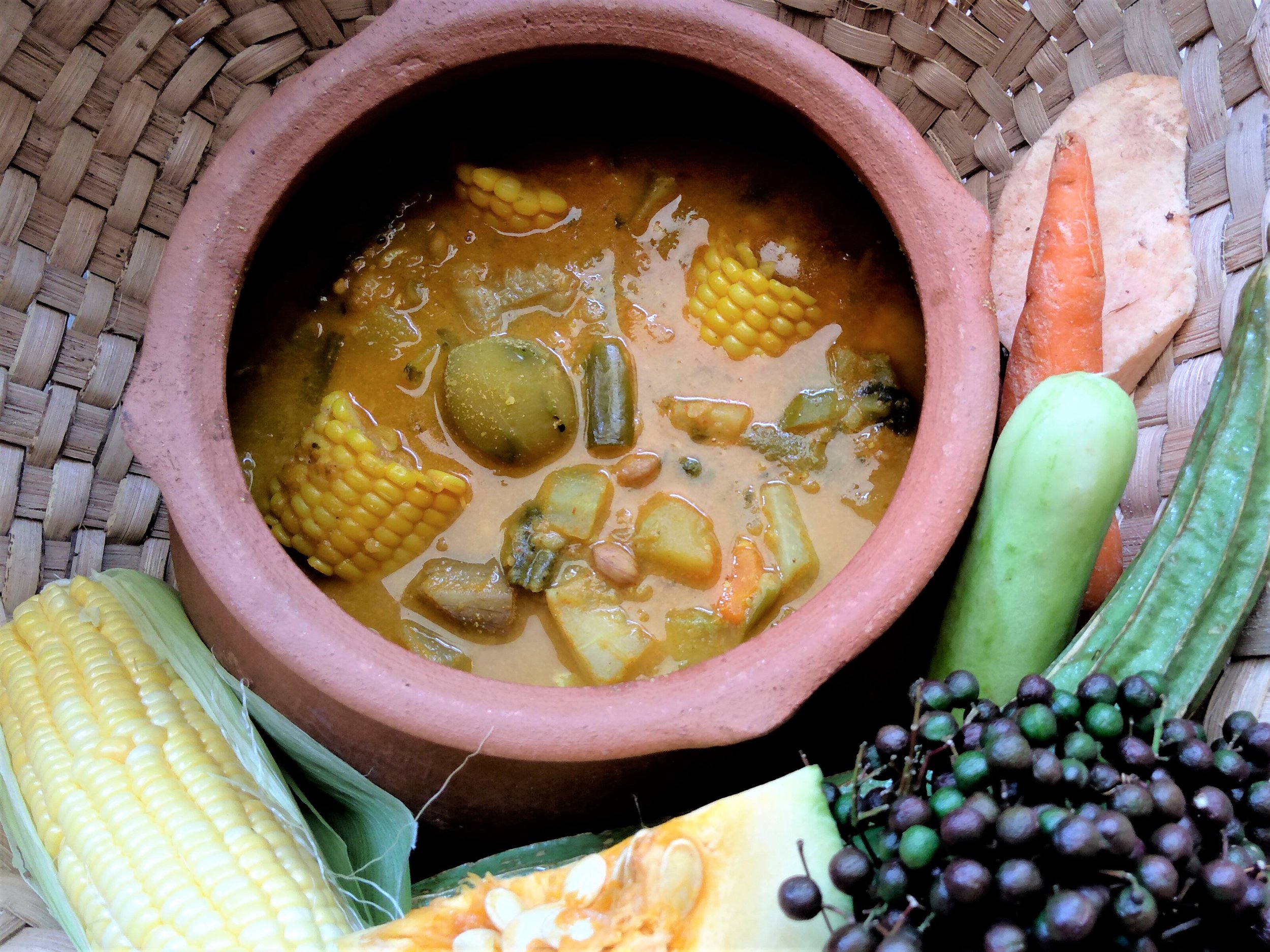
Goan Hindu cuisine, often overshadowed by the state’s more widely known seafood and Portuguese-inspired dishes, boasts a vibrant and diverse vegetarian culinary heritage. Rooted in seasonal ingredients, simple techniques, and a deep respect for local produce, this cuisine reflects the traditions and values of Goa’s Hindu communities. The dishes are often light, flavorful, and prepared without onion or garlic, staying true to satvik principles followed during religious festivals and daily meals.
Patoleo: The Festive Delight
One of the most cherished sweets in Goan Hindu households, Patoleo (also spelled Patoli) is a steamed dessert made by spreading a rice flour paste on turmeric leaves, then stuffing it with a mixture of freshly grated coconut and jaggery. Cooks steam the folded leaves until the dessert is soft and infused with the delicate aroma of turmeric. Families prepare Patoleo during festivals like Nag Panchami and Ganesh Chaturthi, offering it as a sacred food.
Khatkhate: The Celebratory Vegetable Stew
Khatkhate is a signature mixed vegetable stew served at Hindu weddings, pujas, and festive feasts. It features seasonal vegetables like raw banana, pumpkin, drumstick, and corn, cooked in a coconut-based gravy with turmeric, red chilies, jaggery, and the distinctive spice tirphal (Sichuan pepper). The bold combination of sweet, spicy, and tangy flavors makes Khatkhate a standout among Goan vegetarian dishes.
Mooga Gathi: The Temple Offering
Mooga Gathi is a wholesome curry made with sprouted green gram (moong), grated coconut, and a tempering of mustard seeds and curry leaves. Traditionally prepared during religious occasions like Satyanarayan puja, devotees offer this dish to deities before serving it to guests. Its simplicity, protein content, and mild flavor profile make it both nutritious and sacred.
Bhaji-Pao: The Everyday Breakfast
In Goan Hindu homes, a variety of bhajis (vegetable curries) accompany pao (local bread) for a hearty breakfast. Popular options include chana bhaji (white chickpeas), alsande tonak (black-eyed peas in coconut gravy), and batata bhaji (spiced mashed potatoes). These dishes, often served in roadside eateries as well, highlight Goa’s fusion of rustic flavors and Portuguese-influenced bread culture.
Tambdi Bhaji: The Iron-Rich Favorite
Locals prepare Tambdi Bhaji using red amaranth leaves sautéed with coconut, mustard seeds, and green chilies. This simple yet flavorful dish is packed with iron and nutrients, making it a common feature in daily Goan Hindu meals. Served with rice or roti, Tambdi Bhaji is an example of how Goan cooks transform humble ingredients into memorable dishes.
Uddamethi: The Bitter-Sweet Harmony
Made primarily with fenugreek (methi) seeds and raw mango or bilimbi, Uddamethi strikes a unique balance between bitterness and tanginess. Cooks typically serve it as a side dish with rice, especially during the summer season when raw mangoes are abundant. The dish exemplifies the Goan palate’s appreciation for complex yet subtle flavors.
Conclusion
Goan Hindu vegetarian cuisine is a testament to the region’s culinary diversity and cultural depth. These dishes, rooted in ritual and seasonality, continue to thrive in modern kitchens and temples alike. Whether you’re savoring the steamed sweetness of Patoleo or the spicy richness of Khatkhate, each bite carries the legacy of Goa’s time-honored traditions.


